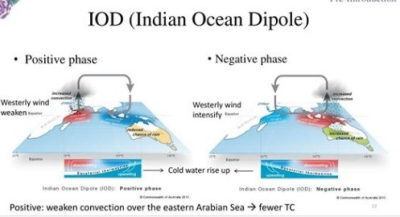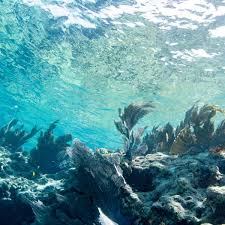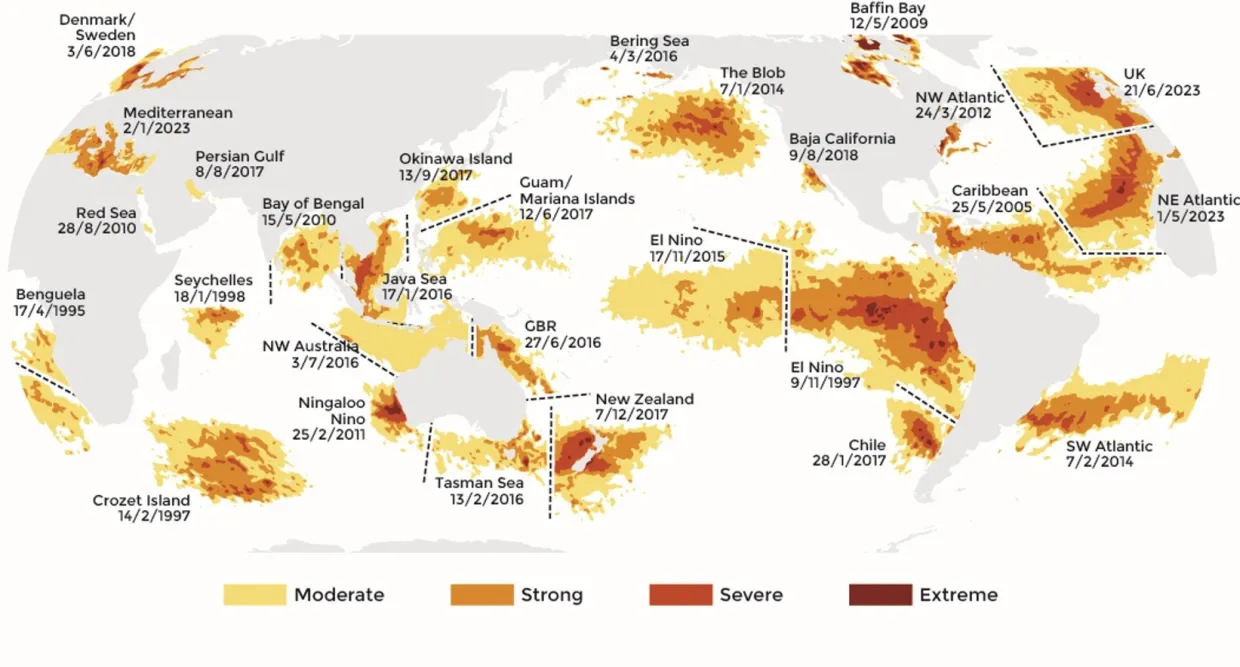
With climate change wreaking havoc all across the globe, you must have come across the weather phenomena El Nino and La Nina. But have you heard of the Indian Nino? Come let's find out what it is and how it impacts the monsoon
A climate phenomenon
El Nino is a naturally occurring climate pattern associated with the abnormal warming of surface waters in the central Pacific Ocean and this will push up global temperatures and bring less-than-normal rainfall to many parts of the world, while La Nina refers to the large-scale cooling of surface temperatures in the central and eastern Pacific Ocean. With an El Nino phase now underway, the warm water spreading across the Pacific Ocean releases a large amount of heat into the atmosphere and this results in hot and dry weather conditions in many parts of the world. So what happens climatically in one place will affect weather worldwide. If there is an El Nino developing in the Pacific, it changes the winds and atmospheric circulation over the Indian Ocean.
warming it up. The Indian Ocean Dipole (1OD), which is commonly referred to as the Indian Nino, is a similar climate phenomenon playing out in the Indian Ocean, the world's third largest ocean after the Pacific and Atlantic Oceans. The Indian Ocean most of which lies in the tropical region. is bounded by Africa to the west by Asia to the north, by Australia and the islands of indonesia to the east, and by the Southern Ocean to the south. So the IOD plays out between the African coastline in the west and indonesian coastline in the east, that is between the westem and easter parts of the Indian Ocean
Phases of IOD
The IOD is an irregular shift of ocean surface temperatures in which the western Indian Ocean gets alternately wanner and colder than the eastem part. That is if the temperature of the ocean is warmer on the westem side, it is cooler on the opposite side. The Indian Ocean Dipole plays an important role in influencing weather patterns, particularly the monsoon season in India. It is known to have two main phases, positive and negative, which have their distinct impact on the monsoon.
The rainfall tends to move with the warm waters. During a positive phase, warm waters are pushed to the western part of the Indian Ocean resulting in greater-than-average surface sea temperatures and a greater-than-normal rainfall, while cold waters from the deep are brought to the surface in the eastern Indian Ocean. In other words, a positive IOD means a wetter west and a drier east. The IOD is said to be negative when the western Indian Ocean gets cooler. This fluctuation in temperatures leads to changes in atmospheric circulation patterns, affecting the monsoon.
A positive phase of the IOD enhances the monsoon flow to India and causes floods in African countries, while it reduces rainfall and causes drier conditions and droughts in Indonesia and Australia. This pattern gets reversed during the negative phase. According to the India Meteorological Department (IMD). there is a higher probability for positive IOD conditions this year and this could potentially limit the impact of El Nino on the subcontinent.
Picture Credit: Google


